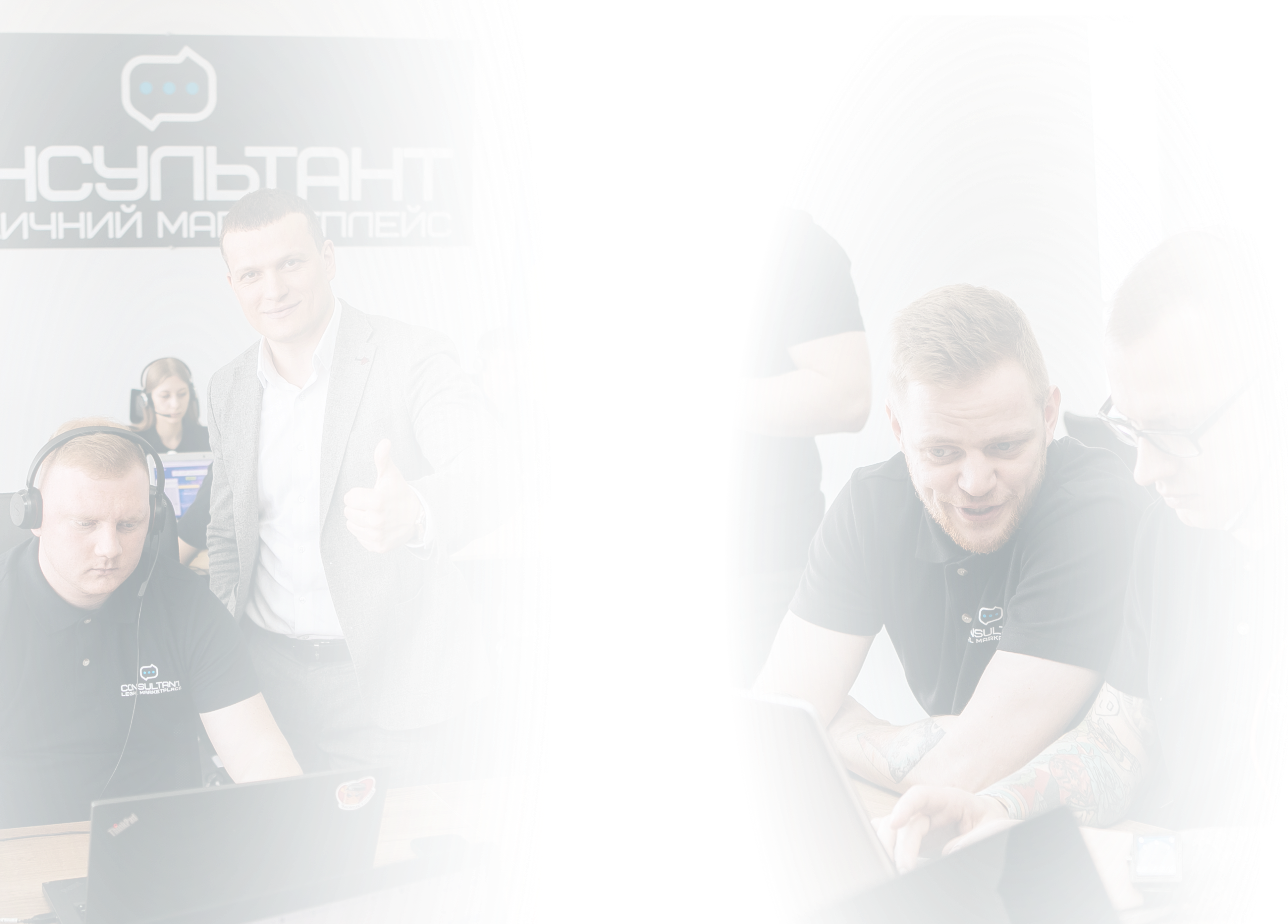Establishing the identity of a person in a photo and a document in Great Britain and Northern Ireland
Identification of a person in a photo and a document is a legal action that confirms that the person depicted in the photo is the same as the person indicated in the document. In the UK and Ukraine, such a procedure may be required for:
- processing documents abroad;
- submissions to consular offices;
- court cases;
- immigration procedures;
- confirmation of identity in cases of lost documents.

The Consultant legal marketplace offers reliable identity verification support for use in UK and international proceedings.
Identity verification on a photo and document in the UK
This is a formalised procedure during which lawyers or a notary confirm that the client's photo or selfie matches the information in the provided identity document.
Actions taken by lawyers to verify the correspondence of a photo and a document:
- analysing the type of document (passport, residence permit, driving licence);
checking the authenticity of the document (MRZ, holograms, data clarity);
comparing a photo or selfie with the face in the document (face match);
using liveness testing or verification via video call;
issuing an opinion or notarisation of identification.

As a result, the client receives confirmation of the person's legitimacy in the form of a legally valid document that can be used officially in the UK or international contexts.
Face match document verification service for legal needs
Consultant's legal marketplace uses technological tools (OCR, biometric face matching, anti-fraud checks) in parallel with professional legal control to establish identity.
Actions of lawyers to apply document verification face match:
- scanning a document with optical character recognition (OCR);
biometric comparison of a photo with a face in a document;
checking for forgery or image editing;
documenting the process in the format of a report or ID1/ID5 form (for Land Registry, etc.).

As a result, the client receives an official opinion or a form of identity verification accepted by British and government agencies.
‘Liveness-test’ and video verification for identity verification
To ensure the maximum authenticity of the identity, liveness testing is used (a live person in the frame, natural movements).
Actions taken by lawyers to confirm a live presence:
- conducting a video call or interactive test during which the client demonstrates movements;
controlling that photos or videos are not fakes or images from static layers;
combining biometric face verification with image quality analysis and MRZ data.

As a result, the client receives a legally significant confirmation that he or she is a real living person, the owner of the document.
Legal proof of identity for Notary Public and government procedures
The service of establishing the identity of a person usually ends with a formal certification by a notary public or the issuance of an official opinion recognised by the British authorities.
Actions taken by lawyers to formalise identification:
- notarisation or issuance of an identity verification certificate;
submission of ID1 or ID5 forms (for the Land Registry and other government agencies);
storage of verification evidence (screenshots, log files, reports);
delivery of the finished document to the client or to the specified institution.

As a result, the client receives a legally valid document that confirms the identity of the person and meets the requirements of British notaries and government agencies.
ConclusionThe photo and document identification service provided by the Consultant legal marketplace combines technological accuracy and professional legal control. We guarantee the legal recognition of the procedure results in the UK notary, judicial and governmental authorities, providing our clients with confidence and security in international and domestic legal processes.




























